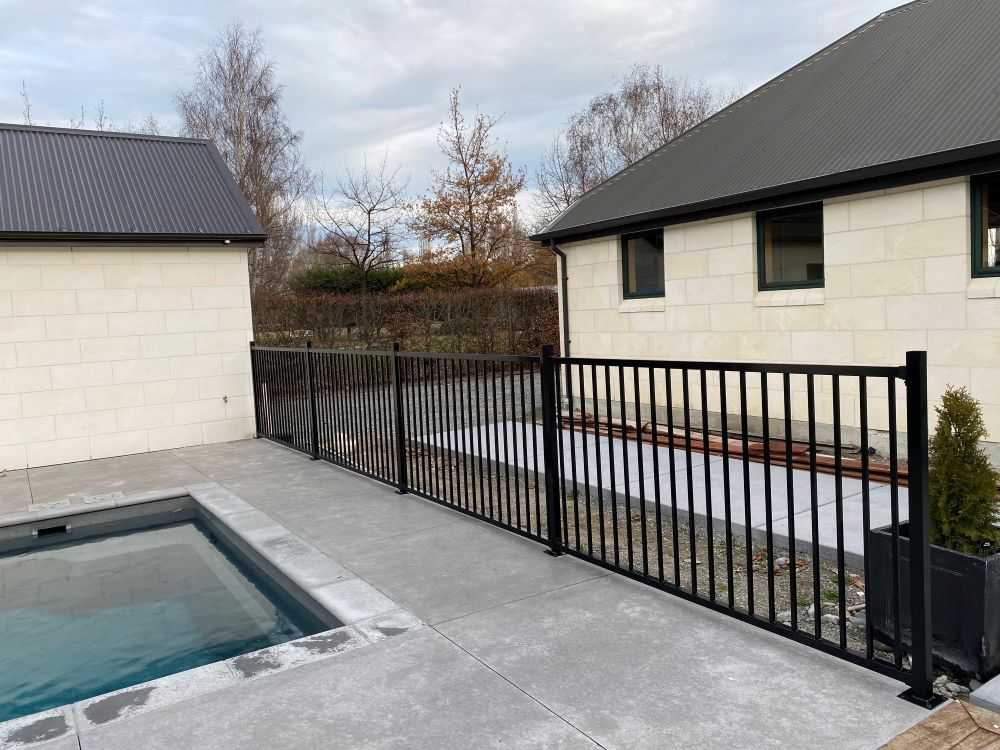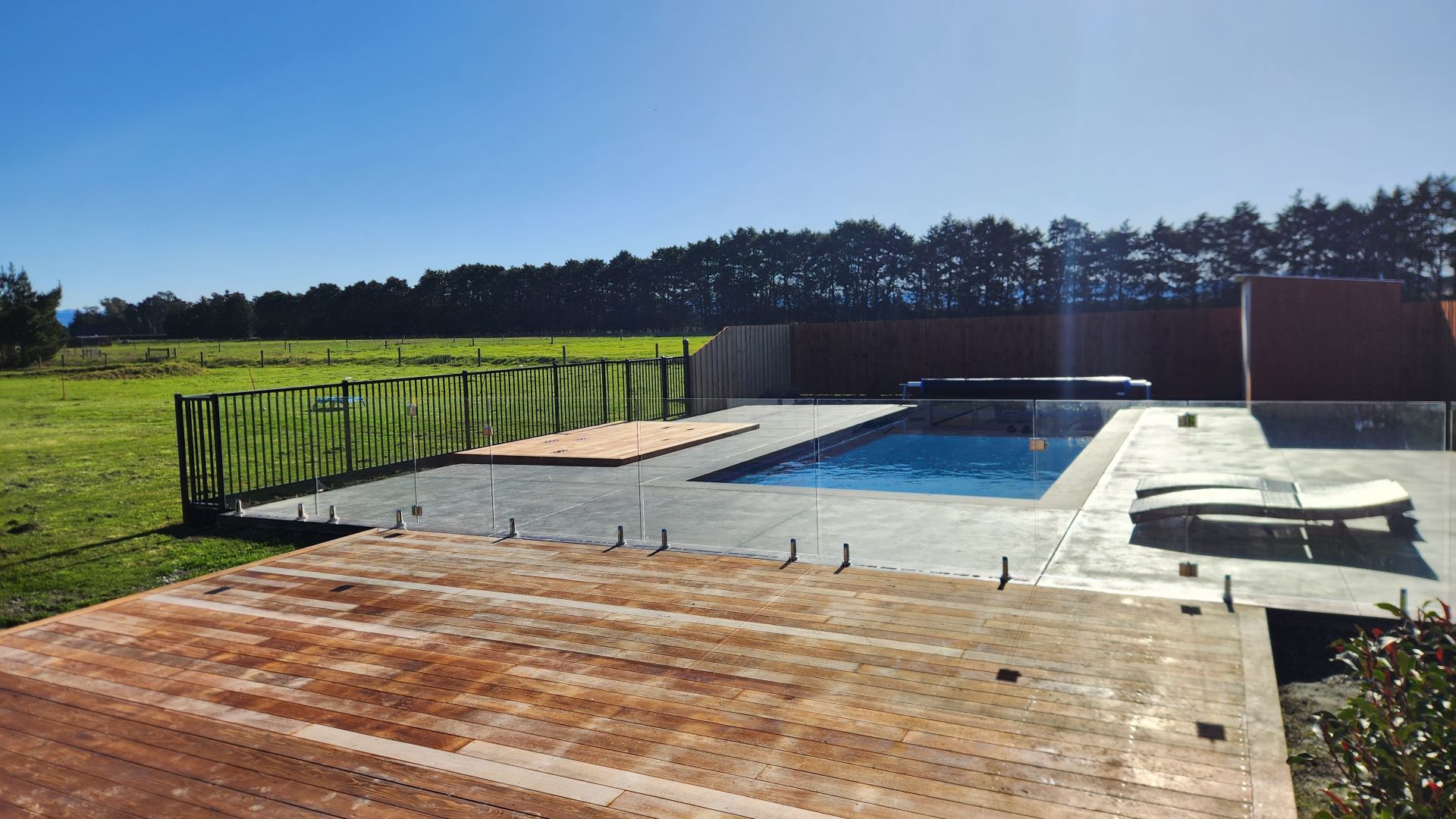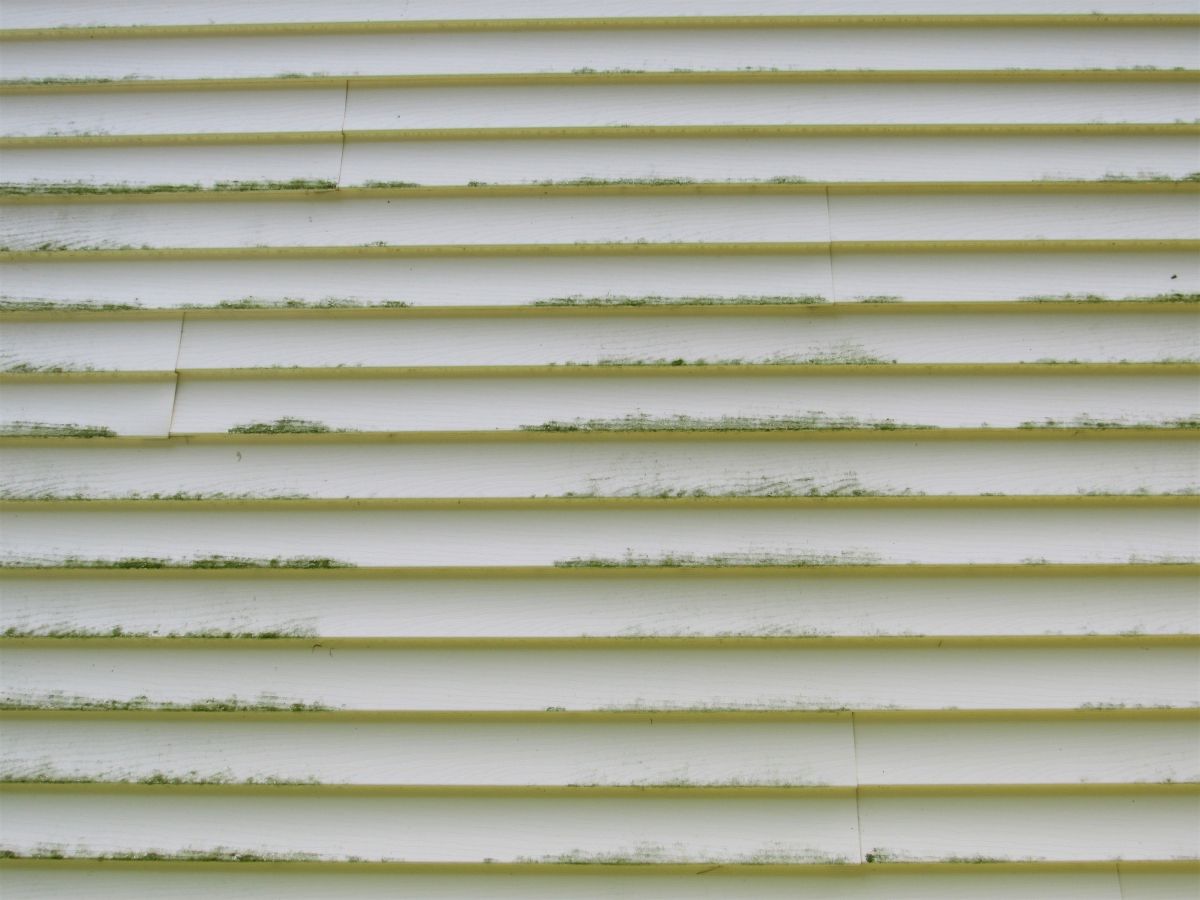Why Childproofing Your Pool Area Is Essential
A backyard pool is a source of endless fun for families, but it can also pose significant risks, especially to young children. Tragically, accidental drowning remains a leading cause of unintentional death among children under five in New Zealand. Because of this, ensuring your pool area is properly childproofed is not just a legal requirement but a moral imperative for every pool owner.
Understanding the Risks of Unsupervised Pool Access
Children are naturally curious and can be drawn to water with little understanding of the danger it poses. In a matter of seconds, a toddler can wander into an unprotected pool area, which can lead to catastrophic consequences. It’s essential to recognise that even the most vigilant supervision can have gaps—childproofing measures act as vital backup layers to reduce this risk.
The Legal and Safety Obligations for Pool Owners in New Zealand
New Zealand’s Building (Pools) Amendment Act 2016 outlines specific regulations regarding pool barriers and safety features. All residential pools with a depth greater than 400mm must be fenced according to strict compliance guidelines.
Failure to meet these requirements can result in fines and, more importantly, increased safety hazards. Regular council inspections ensure compliance, but as a responsible pool owner, going above and beyond legal requirements is strongly advised.
Pool Fencing: Your First Line of Defence
A robust, compliant pool fence is the most critical component of any childproofing strategy. It provides a physical barrier that prevents unsupervised access to the water, offering peace of mind to parents and caregivers.
Key Features of a Compliant Pool Fence
A compliant pool fence in New Zealand must be at least 1.2 metres high with no gaps larger than 100mm. It should be constructed of durable materials that cannot be easily climbed or breached by children.
Horizontal rails should be spaced appropriately to prevent footholds, and the fence should fully enclose the pool area without direct access from the house or adjoining spaces.
Choosing the Right Pool Fencing Material
Common materials for pool fencing include aluminium, steel, glass, and timber. Aluminium and steel are affordable and sturdy, while frameless or semi-frameless glass fences offer an unobtrusive aesthetic that enhances visibility.
When selecting materials, prioritise durability, ease of maintenance, and compliance with NZ standards. The material should also suit your landscape and home design to maintain visual harmony.
Pool Gate Safety: Latches, Hinges, and Self-Closing Mechanisms
The gate is the most vulnerable point of any pool fence. It must open away from the pool, be self-closing and self-latching, with the latch positioned at least 1.5 metres from ground level, out of reach of young children.
Regular checks should be carried out to ensure hinges and latches remain fully functional. Avoid placing climbable objects near the gate that could enable children to bypass safety features.
Installing Pool Covers for Added Protection
While pool covers are not a substitute for fencing, they provide an excellent secondary layer of protection when used correctly. They can also help keep the pool clean and maintain water temperature.
Types of Pool Covers Suitable for Childproofing
Hard, rigid pool covers are the most effective for childproofing, as they can support the weight of a child and prevent accidental immersion. Soft bubble covers or solar blankets, while useful for maintenance, offer little to no protection against drowning. Choose a cover specifically rated for safety to ensure maximum effectiveness.
Manual vs Automatic Pool Covers: Pros and Cons
Manual covers are affordable and straightforward but can be cumbersome to use daily, leading to inconsistent application. Automatic covers, though more expensive, can be operated with the push of a button, promoting regular use. Automation ensures your pool is covered quickly and reliably whenever not in use, making it a practical investment for families with young children.
Maintenance Tips to Ensure Pool Cover Effectiveness
Even the best cover can become hazardous if not maintained. Regularly inspect the cover for tears, gaps, or signs of wear. Ensure the cover’s edges are secure and prevent a child from slipping underneath. Remove rainwater and debris that may collect on top, as these can create drowning risks in themselves.

Pool Alarms and Safety Technology
Modern technology offers additional layers of protection that complement physical barriers and enhance overall pool safety.
Surface Alarms, Gate Alarms, and Wearable Devices
Surface alarms detect disturbances on the water’s surface, triggering an alert if a child falls into the pool. Gate alarms sound when the pool gate is opened, serving as a deterrent and immediate alert system. Wearable devices—such as wristbands or anklets—emit an alarm when submerged, providing a personalised level of protection for individual children.
How to Integrate Smart Technology with Pool Safety
Smart home integrations allow pool alarms to be connected to your phone or home automation system, ensuring that alerts are received instantly, even when you’re indoors. Combining alarms with CCTV or smart cameras can provide additional monitoring capabilities, giving caregivers another set of “eyes” on the pool area.
Limitations and Complementary Use of Pool Alarms
While valuable, alarms should never replace physical barriers or active supervision. They are a final layer of protection and should be used alongside fencing, covers, and responsible behaviour around the pool. Relying solely on alarms creates a false sense of security that can lead to complacency.
Creating a Safe Surrounding Pool Environment
Beyond the pool itself, the surrounding environment plays a critical role in maintaining child safety.
Removing Climbable Objects Near the Pool Fence
Children are resourceful climbers. Move items such as pot plants, furniture, toys, or garden tools away from the fence. Even seemingly innocuous objects can be used as stepping aids to scale a barrier. Conduct regular audits of your pool area to ensure that no climbable objects are within reach of the fence.
Designing Child-Safe Pool Landscaping
Strategic landscaping enhances aesthetics while contributing to safety. Avoid planting dense shrubs or trees near the fence, as they can obscure sightlines and provide climbing opportunities. Select low-growing, thorny, or hard-to-climb plants for nearby garden beds. Ensure paths and surfaces near the pool are slip-resistant to reduce fall hazards.
Securing Pool Accessories and Equipment
Pool toys, inflatables, and equipment should be stored out of sight and reach when not in use. Floating toys left in the pool can entice children to reach for them, potentially leading to accidental falls. Pool chemicals and cleaning equipment should be locked away securely in childproof storage.
Educating Your Family About Pool Safety
No amount of technology or fencing can replace education. Empowering your family with water safety knowledge is one of the most effective ways to prevent accidents.
Teaching Children Water Safety Skills
Enrol your children in age-appropriate swimming and water safety lessons. Teach them how to enter and exit the pool safely, float, and call for help. Encourage respect for water and reinforce that they should never approach the pool unsupervised.
Establishing and Enforcing Pool Rules
Clear, consistent rules help set expectations. Implement guidelines such as “no swimming without an adult present,” “no running near the pool,” and “always close the gate.” Reinforce these rules through discussion and consistent enforcement to promote safe behaviour.
The Role of Supervision and Emergency Preparedness
Active supervision is the cornerstone of pool safety. An adult should always be within arm’s reach of children in or near the pool. Prepare for emergencies by learning CPR and first aid, keeping rescue equipment nearby, and maintaining a phone poolside for emergency calls.
Regular Inspections and Ongoing Maintenance
Childproofing is not a one-time task—it requires regular upkeep to remain effective.
How Often to Inspect Your Pool Safety Features
Conduct visual inspections of fencing, gates, alarms, and covers at least once a month. Check for signs of damage, wear, or tampering. Test alarms regularly and verify that gate latches function correctly.
Common Maintenance Issues and How to Address Them
Common issues include rust or corrosion on metal fencing, glass panel instability, worn hinges or gate closures, and sagging or torn pool covers. Address these issues immediately, either through DIY repairs (where compliant) or by hiring a certified pool safety professional.
When to Consult a Pool Safety Professional
If you are unsure whether your pool area meets current regulations or if you identify persistent safety concerns, consult a pool safety inspector. Professionals can provide a comprehensive assessment and advise on corrective actions to maintain compliance and peace of mind.
Final Thoughts on Keeping Your Pool Area Safe for Children
Creating a childproof pool area involves a multi-layered approach: compliant fencing, secure covers, advanced alarms, a safe environment, and ongoing education. By combining physical barriers with vigilant supervision and proactive maintenance, you can dramatically reduce the risk of accidental drowning and ensure that your pool remains a place of joy, not tragedy.
Investing time and resources into childproofing is a small price to pay for your family’s safety. Stay informed, stay prepared, and enjoy your pool with the confidence that you’ve created the safest environment possible for your loved ones.
Click here to read about luxury spa pools.


